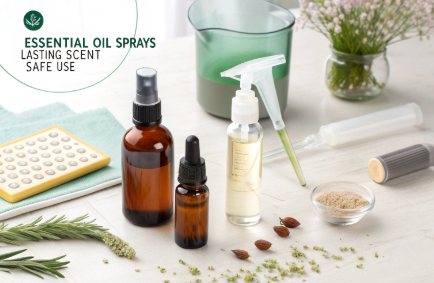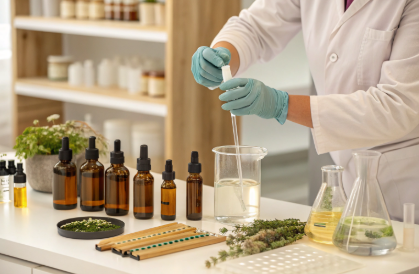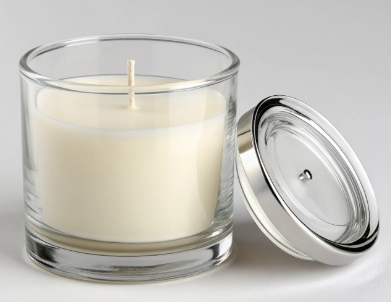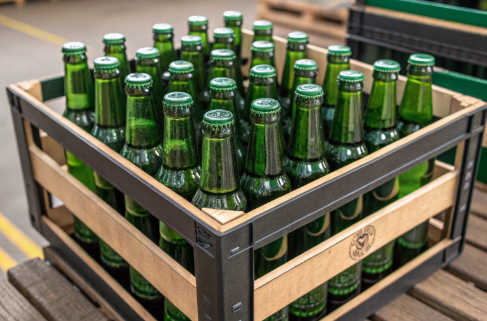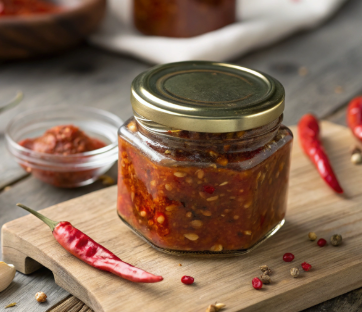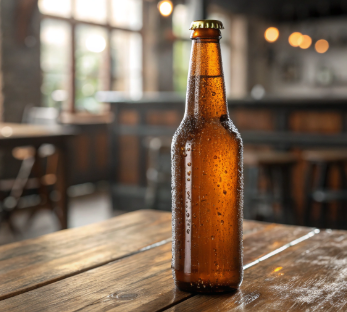Want to turn your favorite essential oil into a refreshing mist—but not sure how to make the mix last or smell right?
To make an essential oil spray, mix water with a solubilizer or emulsifier to evenly disperse the oil. Proper ratios ensure effectiveness, safety, and shelf life.
As a packaging partner for wellness brands worldwide, I’ve helped many clients develop room sprays, linen mists, and face toners. Here’s how to do it right, whether you’re DIY-ing or preparing for mass production.
Can you mix essential oil and water to make a spray?
Yes—but there’s a catch. Oil and water naturally separate, so you’ll need a little science to make the mixture stable.
Essential oils can be mixed with water for a spray, but without an emulsifier or solubilizer, the oil will float on top and can cause skin or surface irritation.
What Happens Without a Solubilizer?
-
Uneven scent distribution in the air
-
Oil spots on fabrics or skin
-
Spray nozzle clogs or uneven misting
At PauPack, we help clients launch essential oil spray lines using formulas that include proper mixing agents, so their products stay shelf-stable and consumer-safe.
What is the ratio of essential oils to water for spraying?
The strength of your spray depends on its purpose—whether it’s for a room, linen, face, or mood uplift.
A safe starting ratio is 1–2% essential oil in total liquid volume, or about 10–20 drops per 100ml of water when paired with a solubilizer.
Essential Oil to Water Spray Ratios
| Purpose | EO % | Water Volume | Essential Oil Drops |
|---|---|---|---|
| Room Spray | 2% | 100ml | ~20 drops |
| Linen Spray | 1.5% | 100ml | ~15 drops |
| Facial Mist | 0.5% | 100ml | ~5 drops |
| Yoga/Aura Mist | 1% | 100ml | ~10 drops |
Always shake before use, even with solubilizers, unless you’ve used a lab-grade emulsification process.
PauPack supplies 30ml, 50ml, and 100ml glass spray bottles with leak-proof misting caps—perfect for essential oil blends.
How to solubilize essential oil in water?
To get a clear, stable spray that won’t separate, you need a solubilizer that can bind oil and water together.
Solubilizers are surfactants that break down essential oils into tiny particles that can evenly disperse in water.
Top Solubilizer Options
| Solubilizer | Use Rate (Per EO Drop) | Benefits | Notes |
|---|---|---|---|
| Polysorbate 20 | 1:1 to 1:2 | Skin-safe, mild | Slight yellowing possible |
| Solubol | 1:4 (EO to Solubol) | Natural, organic-compatible | Slightly cloudy mixture |
| Witch Hazel (alcohol-based) | ~1:1 | Also a preservative | May dry skin slightly |
| Vodka/High-Proof Alcohol | ~1:1 | Clear blend, shelf-stable | Strong scent; evaporates fast |
At PauPack, our clients often request pre-mixed concentrates or natural solubilizers when preparing private-label sprays for face or body.
What is the best way to mix essential oils in water?
If you want to do it safely and effectively, follow a proper mixing process instead of just adding drops to water.
The best way to mix essential oils in water is to pre-blend them with a solubilizer, then add to water with gentle stirring or shaking.
Step-by-Step Spray Mixing Guide
-
Choose Your Bottle – Use glass or PET spray bottles (30ml to 100ml ideal).
-
Measure EO – Use drops or ml, depending on batch size.
-
Blend with Solubilizer – Stir gently in a separate container.
-
Add to Water – Pour into distilled or boiled (cooled) water.
-
Optional Preservative – Add if keeping longer than 1 week.
-
Bottle and Label – Store in a cool, dark place.
We provide bulk formulation support for brands looking to standardize essential oil sprays across SKUs—especially for gifting, travel-size sets, or retail shelves.
Conclusion
You can definitely mix essential oils with water—but the magic is in how you do it. Use the right ratios and a solubilizer, and your spray will be more than functional—it’ll be professional-grade.





